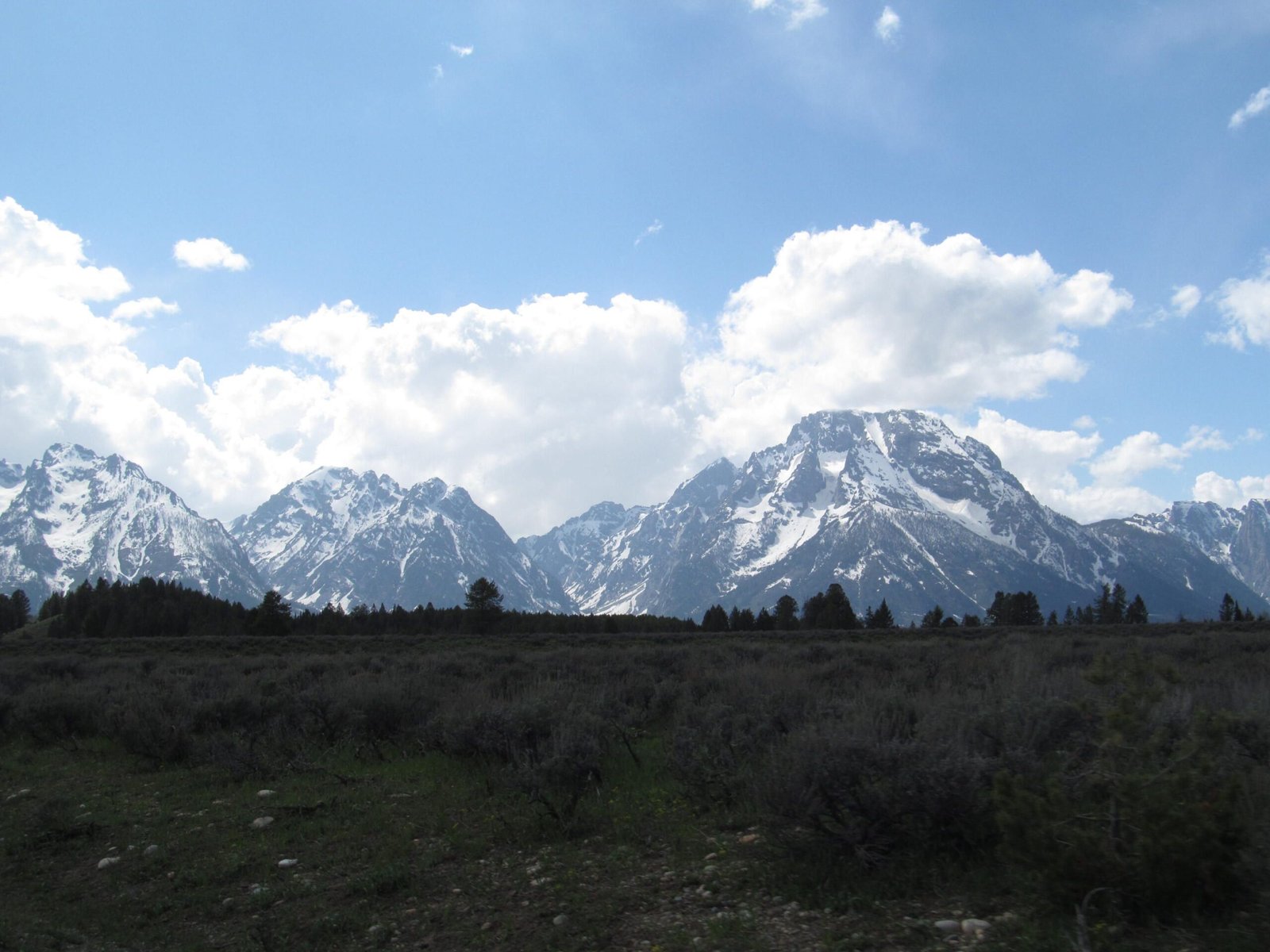Grand Teton National Park hosts a remarkable diversity of aster wildflowers that transform alpine meadows and subalpine zones into breathtaking botanical landscapes. These resilient flowering plants paint the park’s terrain with vibrant purple, lavender, and blue hues, representing critical ecological indicators of mountain ecosystem health and biodiversity.
What Makes Asters Special in Grand Teton National Park?

Asters in Grand Teton National Park represent more than just beautiful wildflowers. They are complex botanical organisms that:
– Provide critical nectar for pollinators
– Indicate environmental health
– Adapt to challenging mountain conditions
– Represent diverse ecological niches
Aster Species Diversity
| Species | Bloom Color | Elevation Range | Typical Habitat |
|---|---|---|---|
| Pacific Aster | Lavender/Purple | Foothills to Subalpine | Meadows, Open Areas |
| Eaton’s Aster | Blue/Purple | Riparian Zones | Stream Sides, Beaver Ponds |
| Thickstem Mountain Aster | Deep Violet | Dry Mountain Sites | Valley Floors, Mountain Passes |
Where Can Visitors Discover Aster Wildflowers?

Grand Teton National Park offers multiple locations for aster observation:
- Subalpine Meadow Trails
- Teton Crest Trail
- Old Pass Road
-
Ski Lake Trail
-
Riparian Ecosystem Zones
- Snake River Corridor
- Jenny Lake Trail
- Taggart Lake Trail
Unique Characteristics of Park Asters
Pacific Aster (Symphyotrichum ascendens)
The Pacific Aster represents a quintessential Grand Teton wildflower. Characterized by:
– 15-40 delicate ray florets
– Pale purple to lavender flower heads
– Thin, lanceolate leaves
– Adaptability across multiple elevation zones
Eaton’s Aster (Symphyotrichum eatonii)
Thriving in moisture-rich environments, Eaton’s Aster demonstrates remarkable ecological resilience:
– Grows 3-4 feet tall
– Abundant flowers on upper stem sections
– Prefers moist microhabitats near water sources
How Do Asters Survive Alpine Conditions?
Asters have developed sophisticated survival strategies:
– Compact growth patterns
– Deep root systems
– Efficient water retention mechanisms
– Rapid reproductive cycles
– Tolerance for temperature fluctuations
Optimal Viewing Recommendations
Best Observation Periods:
– Peak Blooming: Late July through September
– Recommended Times: Early morning or late afternoon
– Ideal Conditions: Clear skies, mild temperatures
Visitor Guidelines:
– Stay on designated trails
– Use binoculars for close observation
– Avoid picking or disturbing flowers
– Respect wildlife and ecosystem integrity
What Ecological Role Do Asters Play?
Asters serve multiple critical ecological functions:
– Pollinator support
– Soil stabilization
– Microhabitat creation
– Biodiversity enhancement
– Climate change indicators
Conservation Considerations
While asters appear abundant, they remain sensitive to:
– Climate change impacts
– Habitat fragmentation
– Invasive species competition
– Altered precipitation patterns
How Can Visitors Learn More?
Recommended resources include:
– Park Visitor Center interpretive displays
– Ranger-led wildflower programs
– Local botanical guidebooks
– Professional naturalist tours
Photography and Documentation
Visitors are encouraged to:
– Use macro photography techniques
– Document flower characteristics
– Record GPS locations
– Submit observations to citizen science platforms
Reference:
– Teton Plants Wildflower Guide
– Grand Teton National Park Official Site
– Wyoming Native Plant Society

